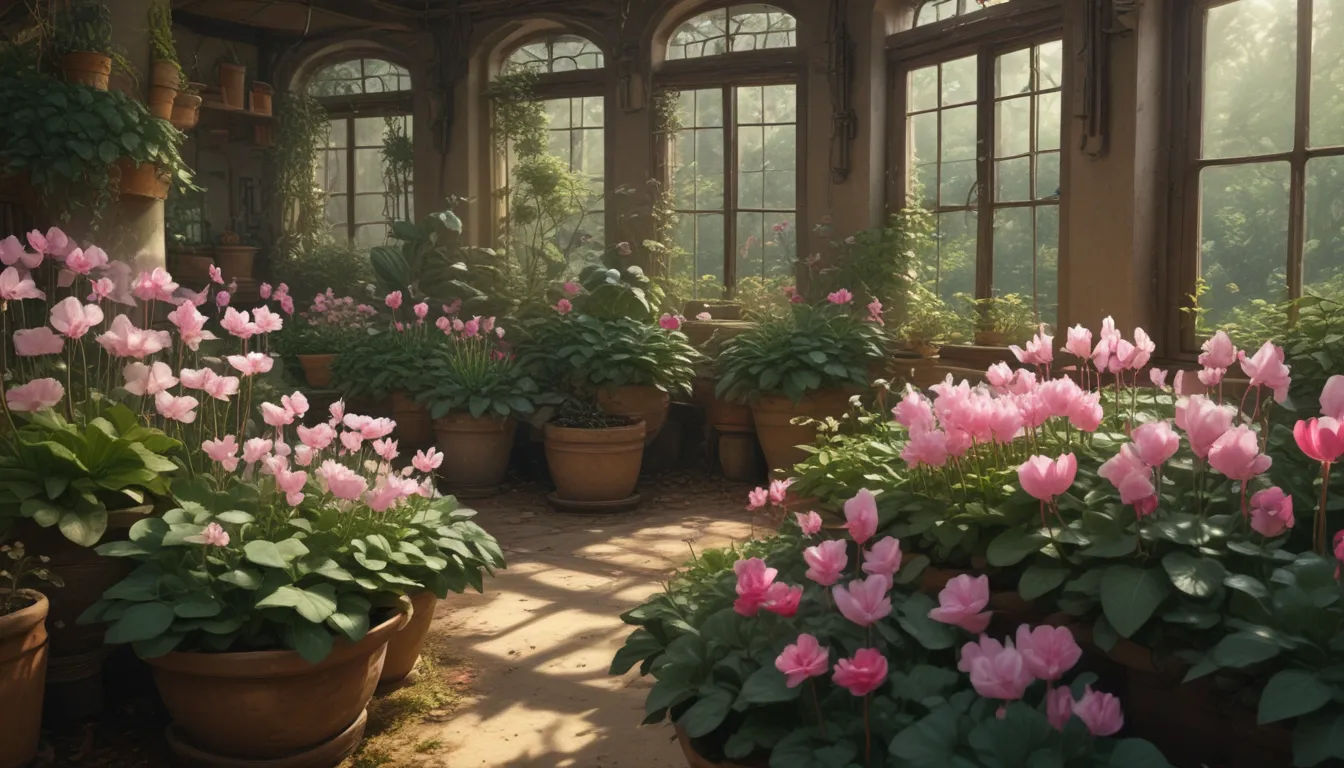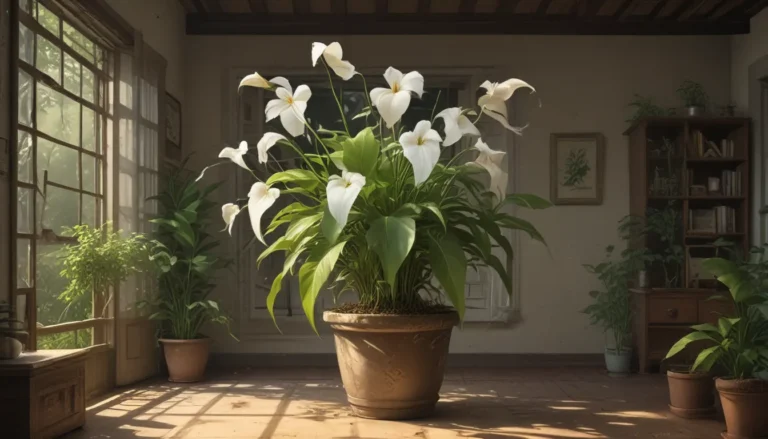Comprehensive Guide on How to Revive Drooping Cyclamen Plants

Cyclamen (Cyclamen persicum) houseplants are known for their vibrant blooms that liven up our homes during the cold winter months. However, seeing your once lively cyclamen droop can be concerning. There are several reasons why your cyclamen might wilt, from dormancy to pests and diseases.
In this in-depth guide, we’ll delve into the common causes of drooping cyclamen plants and provide practical solutions to help you revive them. Let’s explore these issues together and get your C. persicum back to its healthy, perky self.
Understanding the Root Causes of Cyclamen Drooping
- Dormancy: Seasonal dormancy is a natural phase for cyclamen plants, typically occurring in late spring or early summer in indoor settings. During dormancy, you may notice yellowing, limp, and dried-up leaves, which can be concerning but are completely normal.
Tip: Find out more about cyclamen seasonal dormancy to understand and support your plant better.
- Insufficient Fertilization: Improper fertilization can lead to drooping in cyclamens. It’s essential to provide balanced fertilization, focusing on the right nutrients at the correct levels, to ensure optimal plant health.
Tip: Choose a fertilizer formulated for flowering plants with a balanced nutrient ratio for best results.
- Lighting Issues: Cyclamens thrive in bright but indirect light. Both insufficient and excessive light exposure can cause drooping in these plants. Finding the perfect lighting balance is crucial for their well-being.
Tip: Position your cyclamen in an east-facing window to receive optimal morning sunlight without harsh midday rays.
- Temperature Sensitivity: Cyclamens prefer moderate temperatures, thriving between 60-65°F during the day. High temperatures or exposure to direct heat sources can cause drooping in these plants.
Tip: Avoid placing your cyclamen near heat vents, registers, or fireplaces to maintain an ideal temperature for growth.
- Watering and Humidity: Maintaining proper watering practices, avoiding over or underwatering, and providing adequate humidity are key factors in preventing drooping in cyclamen plants.
Tip: Monitor soil moisture levels, bottom-water your plant if needed, and ensure proper drainage to prevent waterlogging.
- Pests and Diseases: Insect infestations and diseases can also lead to wilting and drooping in cyclamen plants. Regular monitoring for pests and diseases is essential for maintaining plant health.
Tip: Employ cultural, mechanical, or natural control methods to address pest infestations effectively.
- Pot Size: Over time, cyclamen plants may outgrow their pots, leading to drooping or wilting. Repotting your plant every two to three years is recommended to prevent root binding and support healthy growth.
Tip: Select a new pot that is slightly larger than the current one, ensuring adequate drainage and using a suitable potting mix for indoor plants.
Addressing Common Issues and Implementing Solutions
From managing dormancy to combating pests and diseases, each step plays a crucial role in revitalizing your drooping cyclamen plants. By following these tips and strategies, you can ensure the long-term health and vitality of your beloved cyclamens.
Remember, providing the right care, attention, and love to your plants is key to their well-being. Observing any changes in your cyclamen’s appearance or behavior promptly and taking appropriate action will help prevent drooping and promote a thriving, beautiful plant.
Do you have any unique questions or success stories to share about reviving your cyclamen plants? Feel free to share your thoughts in the comments section below!
For more expert advice on houseplant care, consider exploring these insightful guides:
- Common Reasons Why Cyclamen Fails to Bloom
- Houseplant Primer: A Guide to Basic Care and Durable Plants
- Houseplant Propagation for Beginners
By incorporating these expert tips and recommendations, you can turn your drooping cyclamen plants into thriving, vibrant additions to your indoor garden. Happy gardening!





